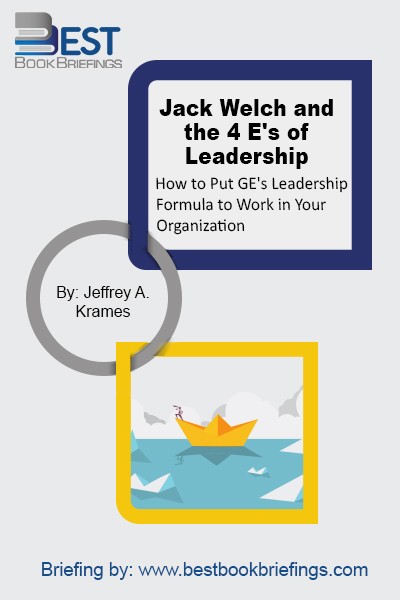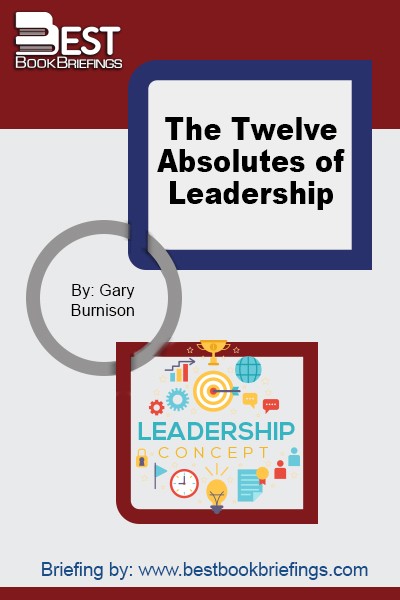Hacking Leadership
The 11 Gaps Every Business Needs to Close and the Secrets to Closing Them Quickly
Number of pages: 190
Publisher: Wiley
BBB Library: Leadership, Corporate Success
ISBN: 9781118817414
Editorial Review
Everyone has blind spots. The purpose of Hacking Leadership is to equip leaders at every level with an actionable framework to identify blind spots and close leadership gaps. The bulk of the book is based on actionable, topical leadership and management hacks to bridge eleven gaps every business needs to cross in order to create a culture of leadership: leadership, purpose, future, mediocrity, culture, talent, knowledge, innovation, expectation, complexity, and failure. Hacking Leadership offers a fresh perspective that makes it easy for leaders to create a roadmap to identify, refine, develop, and achieve their leadership potential--and to create a more effective business that is financially solvent and professionally desirable.
Book Reviews
Books on Related Topics

This is a classic book that delves into the nifty gritty that is involved in leadership. Being a book that is an update of its previous editions, it is a modern approach that includes the modern leadership methods and the attributes that a leader requires to be successful in the 21st

In his 20-plus years at General Electric, Welch transformed a mature manufacturing company into an outstanding products-and-services juggernaut. He increased the value of the company more than 30 times over. He achieved all of this by defying some of GE's most venerated traditions (for example, by making hundreds of acquisitions), by

Leadership is easy to intellectualize, but elusive to actualize. Leadership is part strategy, but mostly judgment. Always it is about grace, confidence, and touch. There are no half measures when it comes to leading others. You must be fully engaged and fully committed, but you must never personalize what is happening

The Summary of Agile Leadership: A Leader’s Guide to Orchestrating Agile Strategy, Product Quality and IT Governance by Tony Adams presents the philosophy behind Agile Framework for software development. The author, Tony Adams, consciously and clearly illustrates how to use the framework. He discusses how to assure product quality while aiming

Too many companies are managed not by leaders but by mere role players and faceless bureaucrats. What would it take to replace these empty suits with real leaders—men and women who are confident in who they are and what they stand for and who truly inspire people to achieve extraordinary results? Rob



